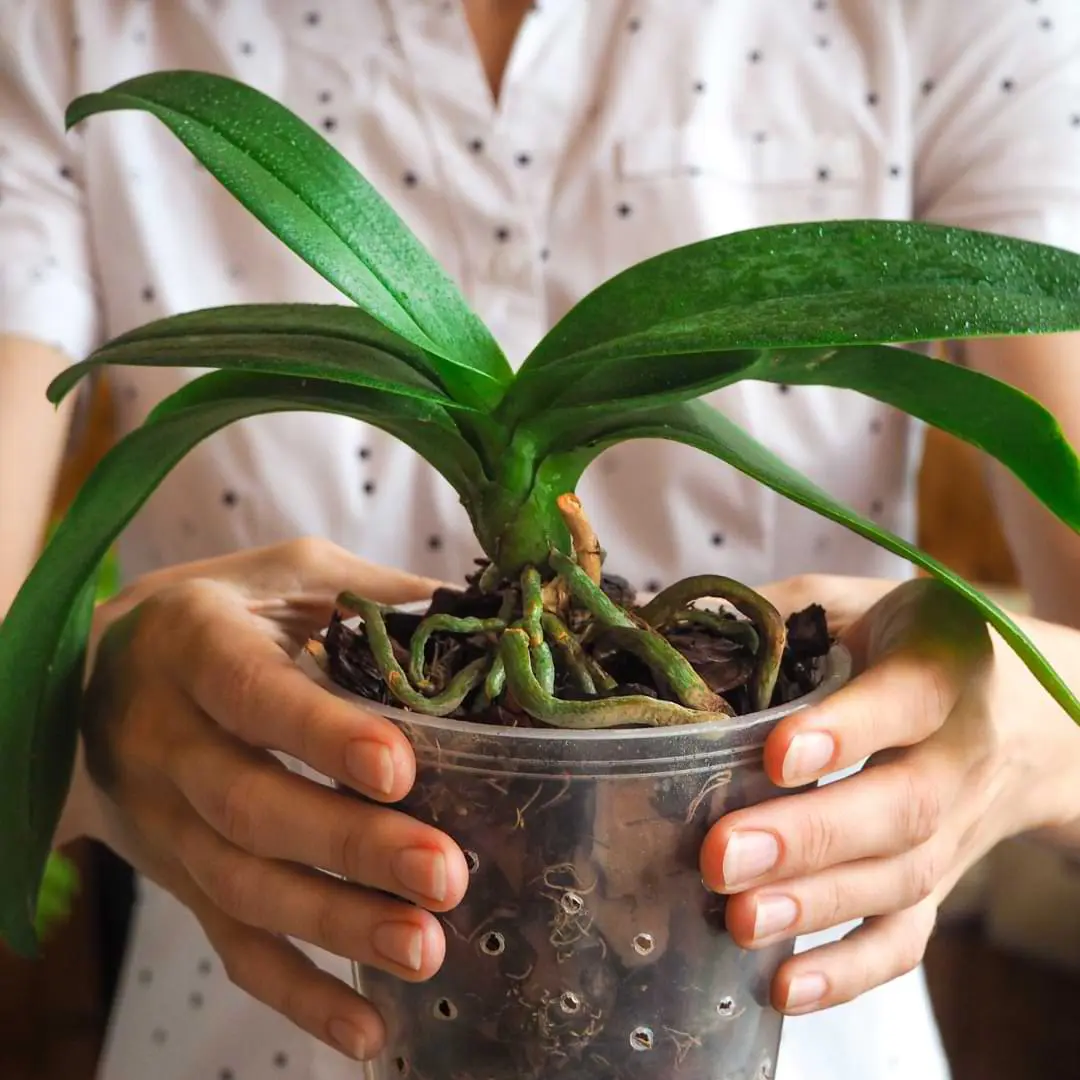To save an overwatered orchid, remove it from its pot, gently shake off excess moisture from the roots, and allow it to dry before repotting in well-draining soil. Caring for orchids can be a delicate task, and one common mistake is overwatering them.
Overwatering can lead to root rot and eventually kill the plant. If you notice signs of overwatering such as yellowing leaves, wilting, or a foul odor coming from the potting mix, it’s important to take immediate action. In this guide, we will discuss how to save an overwatered orchid and ensure its health and vitality.
By following these steps, you can help your orchid recover and thrive once again.

Credit: m.youtube.com
Signs Of Overwatering
Overwatered orchids often exhibit signs such as yellowing leaves, wilting or soft stems, and root rot.
Steps To Save An Overwatered Orchid
Assess the damage: Carefully evaluate the condition of the overwatered orchid to determine the extent of the damage. Remove the orchid from its pot: Gently take the orchid out of its pot to prevent further water retention. Trim damaged roots and foliage: Remove any mushy or brown roots and trim wilted or damaged leaves.
Allow the orchid to dry out: Place the orchid in a well-ventilated area away from direct sunlight to allow the excess water to evaporate. Repot the orchid in a well-draining medium: Use a mix of bark, perlite, and moss to provide proper drainage for the orchid’s roots.
Adjust watering routine: After repotting, make sure to water the orchid sparingly and only when the potting medium feels slightly dry. Following these steps can help save an overwatered orchid and restore its health.
Preventing Overwatering In The Future
Overwatering an orchid can be detrimental to its health, but there are ways to save it. To prevent future overwatering, it’s important to understand the watering needs of the orchid. Using the right potting medium, such as a well-draining mix, can help prevent excess water accumulation.
Proper drainage is also crucial to let water flow out of the pot. Monitoring humidity levels is essential, as orchids prefer a specific level of moisture in the air. Avoiding common watering mistakes, such as watering on a schedule instead of based on the orchid’s needs, is key.
By following these guidelines, you can save your orchid from overwatering and promote its overall wellbeing.
Frequently Asked Questions On How To Save An Overwatered Orchid
How Do You Know If An Orchid Is Overwatered?
Overwatered orchids may have yellowing leaves, droopy stems, and root rot. The soil may be consistently damp and have a foul odor.
Can An Overwatered Orchid Be Saved?
Yes, an overwatered orchid can be saved. Remove the orchid from its pot and gently shake off excess water. Trim off any rotten roots and repot in fresh, well-draining soil. Adjust watering routine to prevent overwatering in the future.
How Often Should I Water An Orchid?
Water orchids once every 7-10 days, allowing the soil to dry out slightly between waterings. Adjust frequency based on the pot size, growing medium, and humidity levels. Avoid overwatering, as it can lead to root rot and other issues.
Conclusion
With proper care and attention, an overwatered orchid can be brought back to its healthy glory. By identifying the signs of overwatering, adjusting the watering schedule, ensuring proper drainage, and providing adequate light, you can save your overwatered orchid from further damage.
Remember to gently remove any damaged or rotten roots, and repot the orchid using fresh, well-draining soil mix. Proper ventilation and humidity control are also crucial in preventing future overwatering. Additionally, it is essential to monitor the orchid for signs of stress and adjust the care routine accordingly.
By following these simple steps and providing the right conditions, your overwatered orchid can thrive once again, rewarding you with beautiful blooms and lush foliage. Remember, proper orchid care is key to their longevity and health, so stay vigilant and attentive to their needs.

